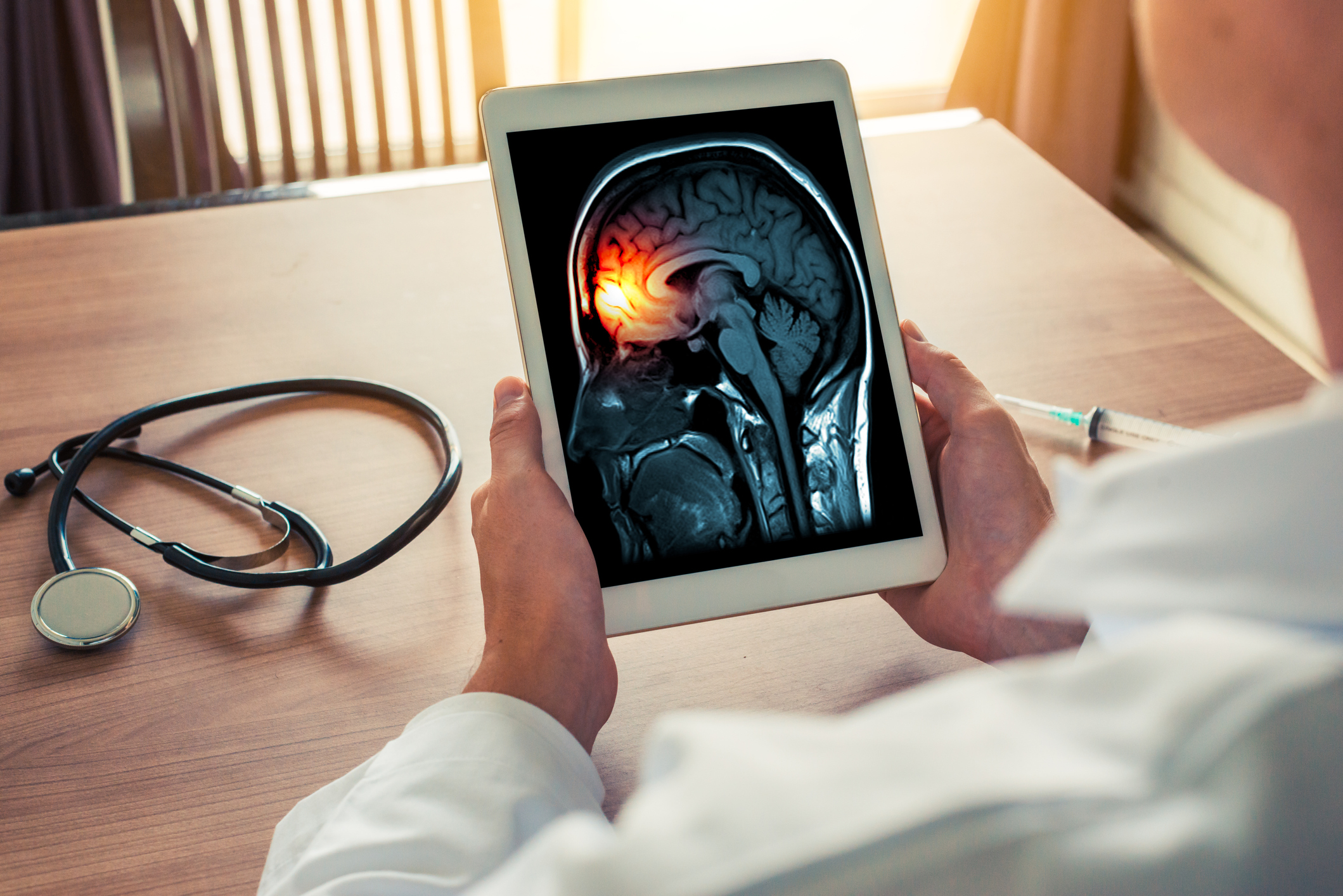Recurrent, troublesome occipital pain associated with muscular tension is known as Arnold’s neuralgia, a strange condition.
The condition of peripheral nerves can produce the pain of varying intensity as a reflex mechanism, depending on the degree of damage being considered.
Some anatomical locations are often associated with these syndromes, with the exception of the occipital region, in which it is rare to identify these elements.
Occipital neuralgia is easy to diagnose and can be managed with pharmacological treatment, although there are some additional more invasive therapies in refractory cases. It’s about their peculiarities what we’ll talk about next.
WHY IS ARNOLD’S NEURALGIA OCCURRING?
There are several theories that try to explain the origin of pain. The most accepted is the constant inflammation of the occipital nerve major or minor, due to a process of prolonged muscular tension in time (which can be multicausal) which in turn causes neural ischemia.
In other words, the vascular flow that irrigates and nourishes the nerves is compromised.
Other causes may be trauma and space-occupying injuries (such as tumors) that can easily compress the nerves.
WHAT IS THE EPIDEMIOLOGY OF ARNOLD’S NEURALGIA?
The presentation of the pain is atypical, so it is considered an uncommon disease. The diagnosis is usually made in the fifth decade of life and tends to affect women.
WHAT ARE THE SYMPTOMS?
Tension headache or migraine may be important differential diagnoses. The first case is usually more related, because tension headache is also caused by an excess of contraction of the muscles around the nerve.
Migraine is only posed as a diagnosis when the evolution of pain is considerably longer and is refractory to traditional analgesic treatment.
However, typical migraine is often associated with sensitivity disorders denominated as a whole as aura, which is absent in Arnold’s neuralgia.
WHAT IS THE TREATMENT FOR THIS CONDITION?
Like most headaches (and pain in general) treatment is usually pharmacological and respecting a scale of intensity.
The use of non-steroidal analgesics and anti-inflammatory drugs (such as acetaminophen or ibuprofen) may at first be able to alleviate pain considerably.
It is rare to use other medications, although some benzodiazepines usually used for the treatment of seizures and bipolar disorder such as carbamazepine may be effective in reducing pain and associated symptoms.
There are certain invasive maneuvers that manage to alter structurally and functionally the nerve in cases that the pain is very intense and does not yield with the specific treatment.
Among these methods stands out the neurectomy (in which part or the entire nerve is eliminated) and the placement of electrodes that, by means of continuous electric discharges, favor an environment to control the sensation of pain.
To learn more please visit: https://infotiti.com/2018/05/neuralgia-de-arnold/






